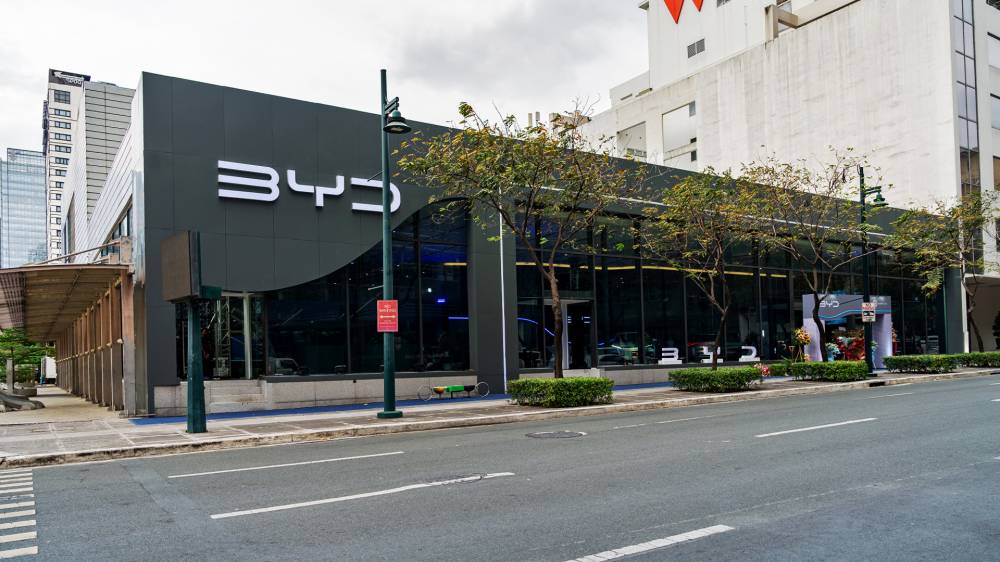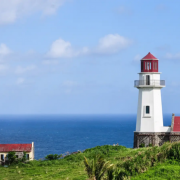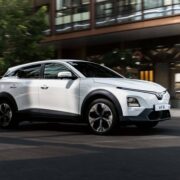Diving in: When your EV (and ICE) can’t dodge the deluge

In case you haven’t noticed, the rainy season is already upon us. And with that, Pinoy motorists are bracing for the usual problems that come with the rains: Floods, more heavy traffic, more potholes, more stranded commuters, and did I already mention more floods?
And now comes the weatherman’s alarming update that the La Nina is due this year, potentially bringing in more rains than our streets can handle.
This question often pops up for potential electric vehicle (EV) buyers: How will an EV fare during floods?
I took the opportunity to ask the experts over at BYD Philippines and a couple of long-time EV owners this timely question. Because, let’s face it. You can’t dodge the deluge forever, especially in low-lying urban sprawls like Metro Manila.
Sooner or later, you will do the sign of the cross, cross your fingers, and then drive into a flooded area, praying that you emerge on the other side still with all cylinders firing, or in this case, all electric currents still flowing.
So, during a June 25 BYD drive experience of its performance SUV Tang and Han sedan at Vermosa Sports Hub in Imus, Cavite, Erroll Duenas, After-Sales and Network Development director of Mobility Access Philippines Ventures Inc. (Mapvi), the AC Mobility subsidiary that’s the official distributor of BYD Cars Philippines, told me: “Generally speaking, for any other brand, the gauge for flood height that’s safe for a vehicle to wade in would be the center of the mag wheels. That would be the level of the floor line.
“Our worries for traditional internal combustion engines begin when the water reaches above that center line. That’s when there’s a possibility that the engine’s air intake to suck in floodwater, causing the vehicle to stall.
“However, for EVs, that water level is still very safe because all the components are water sealed. There’s virtually no entry point for water.”
Duenas explained that one major reason EV components are water sealed is that batteries have to be protected not just from moisture, but from water and other fluids as well. If the vehicle senses that the floodwater is high enough, the safety mechanism will trigger the electrical supply to shut down.
I can infer from Duenas’ response that BYD EV owners should have less worries than their ICE counterparts. While doing some online search, I saw the extent of BYD’s EV technology when I came across the story that featured the Yangwang U8 amphibious vehicle that can wade and float in water for up to 30 minutes. So, the future looks bright for BYD vehicles.
Electronic system
The worst-case scenario Duenas sees for ICE and EV owners is when the vehicle stalls because water has penetrated the electronic system.
Still, no need to fret. Duenas said that stalled EVs can be rescued by a tow truck. Even BYD Cars Philippines has its accredited roadside assistance.
Duenas explained that EVs are installed with two batteries, the low-voltage battery which functions much like the regular battery of an ICE, and the main battery that supplies direct current to the electric motor to propel the car.
In the unlikely event that the EV gets submerged in flood, and water gets in contact with the low-voltage battery, the power to control the electronics would be cut-off, including the electronic parking brake. Duenas said that BYD’s accredited tow trucks would be equipped to disengage the electronic parking brake.
Rico Severino, administrator of the Philippine EV Community and owner of an Audi e-tron electric SUV told this author: “Flash floods are circumstances beyond our control here in Manila. Hence, it is not a choice unless there’s an alternate route. So, we have to bear through the inevitable. Given that my choice of EV is an SUV, then it was thought out. I am prepared, come hell or high water.”
Ferdinand Raquelsantos, president of Electric Vehicle Owners Society and chairman emeritus of Electric Vehicle Association of the Philippines, told this author over the phone yesterday: “I’m driving my Dongfeng electric vehicle right now. I just came from Angeles. It’s raining hard right now. I just got into Skyway southbound. I’m more comfortable driving an EV on flooded streets because, number 1, it doesn’t have the tailpipe so there’s no water that’s going to go in the tailpipe. Number 2, IP67 is the rating of electric motors for water. So, definitely, it wouldn’t get into the electric motor. In an ICE, the moment the coil gets wet, or your distributor cap gets wet, you stall the engine. But with an EV that doesn’t happen. So, basically those are the two items that make me confident to be driving an EV.”
So, there you go. The next time you, as an EV owner, encounter a flooded street, it’s still best to avoid driving in. But when absolutely necessary, just look at the other ICE-powered cars of your equivalent size and height. If they can do it, you can wade one better.


















